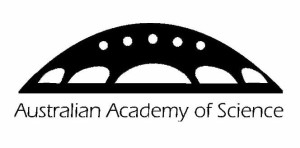Science ”“ a major contributor to Australian economy

March 25, 2015. A report released today has found that advanced physical and mathematical sciences make a direct contribution to the Australian economy of around $145 billion a year, or about 11 per cent of GDP.
When the flow-on impacts of these sciences are included, the economic benefit expands to about $292 billion a year, or 22 per cent of the nation’s economic activity.
The report was commissioned by the Office of the Chief Scientist and the Australian Academy of Science and produced by the Centre for International Economics (CIE).
“For the first time we now have the numbers on the table showing the importance of these sciences to the Australian economy,” Australia’s Chief Scientist Professor Chubb said.
“It is too easy to take the benefits of science and innovation for granted, and this report shows that the knowledge from these disciplines supports and enhances economic activity which benefits all Australians.”
Australian Academy of Science President Professor Andrew Holmes said the report was a significant step in improving public awareness of the economic contributions of Australian science.
“The detailed report carefully maps out the pathways by which advanced physical and mathematical sciences yield economic results,” Professor Holmes said.
The figures in the report are conservative and only include the economic benefits of discoveries and innovations implemented in the past 20 years in physics, chemistry, earth sciences and the mathematical sciences.
The report includes examples of how these sciences benefit the economy, such as advanced mathematics supporting the effectiveness of mobile phones and wireless internet, and sets out a selection of breakthroughs that have had an economic impact.
The report, titled The importance of advanced physical and mathematical sciences to the Australian economy, did not examine the economic benefits of biology and life sciences. The economic impact of these sciences could be assessed in further studies. |
Short URL: https://indiandownunder.com.au/?p=4655